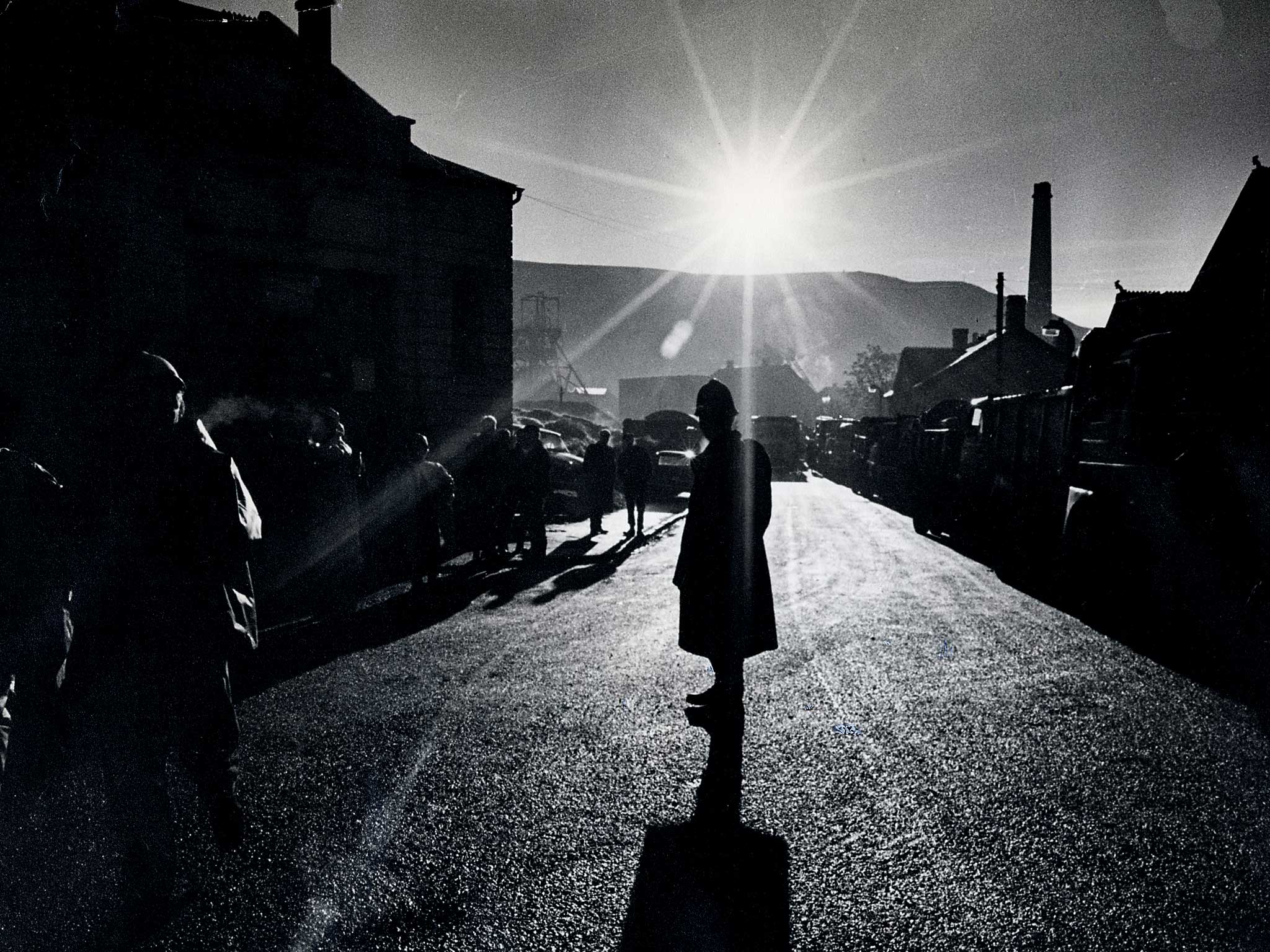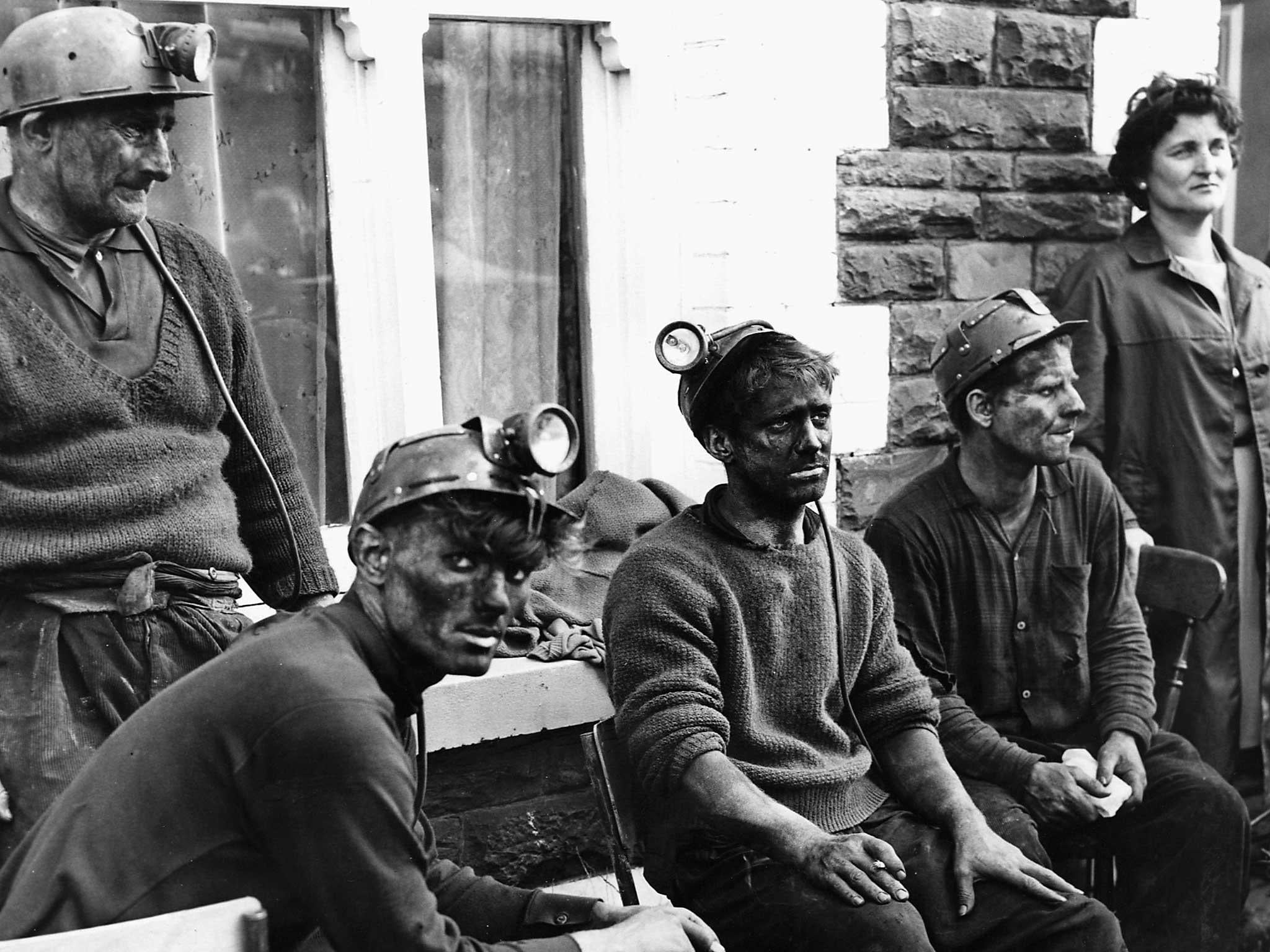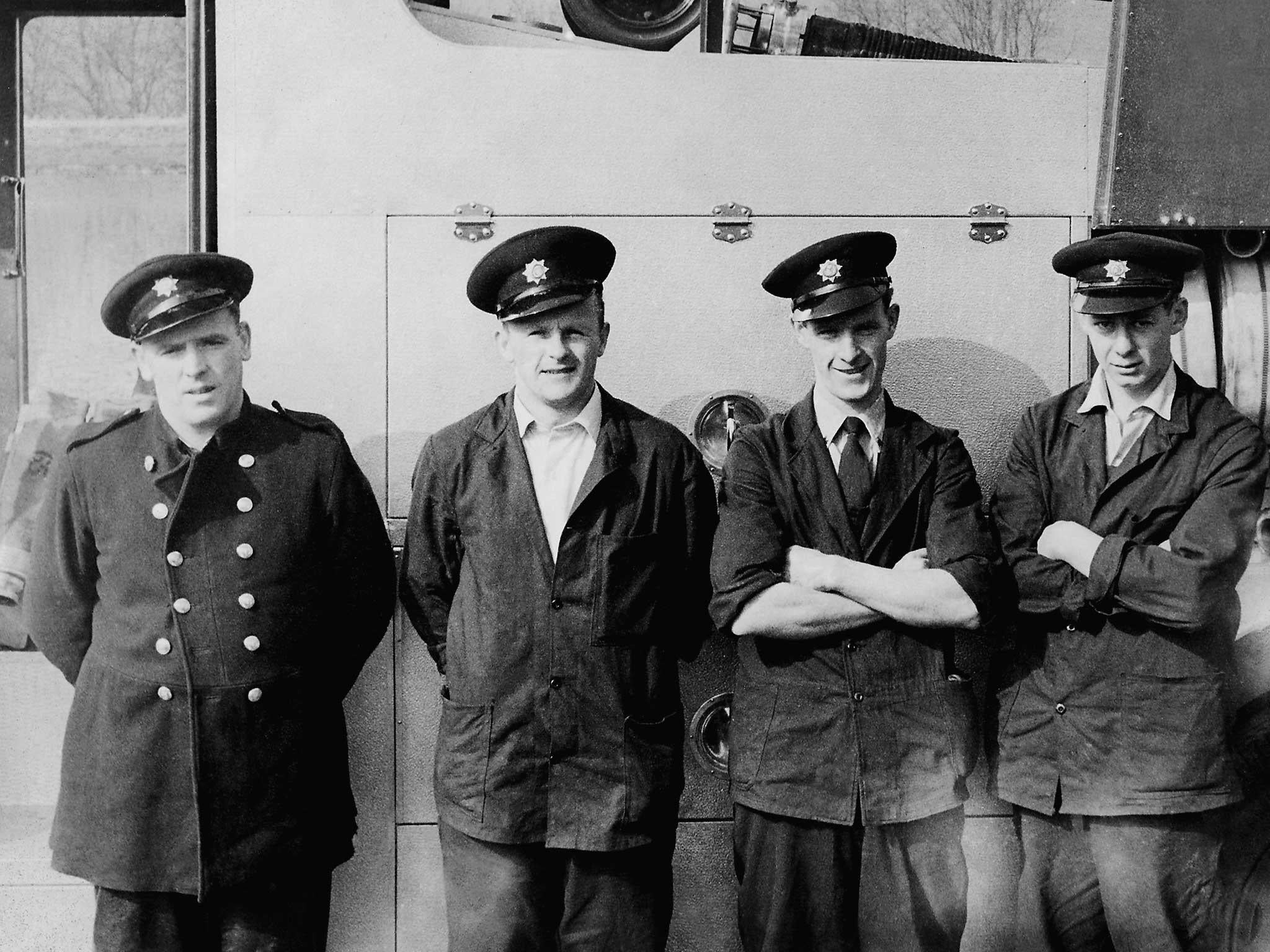The Aberfan disaster is just one facet of the Welsh coal tragedy

On 21 October, 1966, a coal tip on the hillside above the town of Aberfan in south Wales collapsed, creating a tidal wave of slurry that descended on to houses and a primary school below: 144 people were killed, 116 of whom were children.
Across the world, there was a sense of shock and horror; a disaster fund quickly raised £1.75m to help the community.
Many also wrote letters of sympathy, some 50,000 of which survive today. The writings show how mothers who had lost children in accidents or illness and people from other coal-mining communities felt particularly touched by the Welsh disaster. People with Welsh relatives, backgrounds or even just holiday memories wrote of the warmth of the nation and its people.
Media coverage at the time contributed to the idea that this was a Welsh event rather than a purely local one, partly because it needed to describe where Aberfan was. But newsreels and other reports added to this by employing Welsh narrators, choral music and references to the nation’s tragic history of mining accidents.
For a few, the events had a political edge, and the disaster took place at a time when Welsh nationalism was beginning to become a serious political force. In parliament, Gwynfor Evans, Plaid Cymru’s newly-elected MP, claimed that the government’s response would have been stronger had the tip collapsed on Hampstead, in London, or Eton.
The security of Labour’s hold on south Wales and the government’s shameful marginalisation of the village’s needs after the disaster meant he was probably quite right. Indeed, the disaster played a key role in convincing some in Wales that both the nationalised coal industry and Labour governance were no longer operating in the interests of the working-class communities they were supposed to represent.

This did not mean they saw Welsh nationalism as the solution, and Evans’ claim that the disaster might not have happened at all had Wales had its own coal board was less convincing. Nonetheless, there continue to be people who see the disaster as another example of English mismanagement of Wales.
Cultural significance
More common than interpreting Aberfan through the lens of Welsh nationalism is a continuing sense that the disaster is a part of a distinct national history. Even the Welsh national football squad visited the memorial garden in October, a recognition of both their own and the disaster’s cultural significance to the Welsh nation.
Such gestures are more than simply the product of Welsh national identity. In a small and mobile nation, it is not difficult to find people whose relatives lived in Aberfan or were among the hundreds who went there to assist in the rescue operation. Similarly, there are thousands upon thousands of Welsh people with personal or family connections to the coal industry, and for them the disaster is not simply something that happened in another time and another place. It is part of their own family history.

The disaster also sums up the schizophrenic relationship Welsh society has with its coal-mining heritage. At one level, there is an immense popular pride in the work miners undertook and the sacrifices they endured. There is also a recognition that it was coal that made modern Wales. Without it, communities such as Aberfan would not have existed at all. Indeed, the knowledge that it was their labour that created the waste above the village added guilt to the grief felt by some bereaved fathers.

Coal’s community price
Aberfan was just one example of the huge environmental and human cost that coal extracted, and which represented the other side of coal’s significance for the Welsh people. Mining polluted landscapes and, as a 1909 news report showed, 1966 was not even the first time a coal tip slipping had killed a child in Wales.
Nor was Aberfan even close to being the deadliest accident experienced by the industry in Wales. Communities across the coalfield suffered pit disasters; in 1913 an explosion at Senghenydd, near Caerphilly, killed as many as 439 men and boys. By the 1960s safety underground had improved, but in that decade alone 429 miners were killed in accidents in south Wales. Aberfan was, of course, different to nearly all other mining accidents in Wales, befalling mostly innocent children at school, not those in the pits, but the tragedy it evoked was all too familiar.

The Aberfan disaster led to a gradual but significant programme of clearing land given over to the colliery waste heaps and the tragedy played a part in the greening of the mining valleys again. But coal has not yet been consigned to the past. Nothing has replaced the scale of jobs that it created and Aberfan looms close in Welsh memories because large parts of Wales have yet to find a new economic future.
Coal mining itself might be gone but the economic impact of the failure to replace it is everywhere in the south Wales valleys. Just as Aberfan was let down by the government in the 1960s, it, and mining communities across Wales, continue to feel let down by the authorities. The tragedy of coal is multifaceted and that makes Aberfan as much a part of the Welsh present as the Welsh past.
This article originally appeared in The Conversation (theconversation.com). Martin Johnes is a reader in history and classics, Swansea University
Join our commenting forum
Join thought-provoking conversations, follow other Independent readers and see their replies
Comments